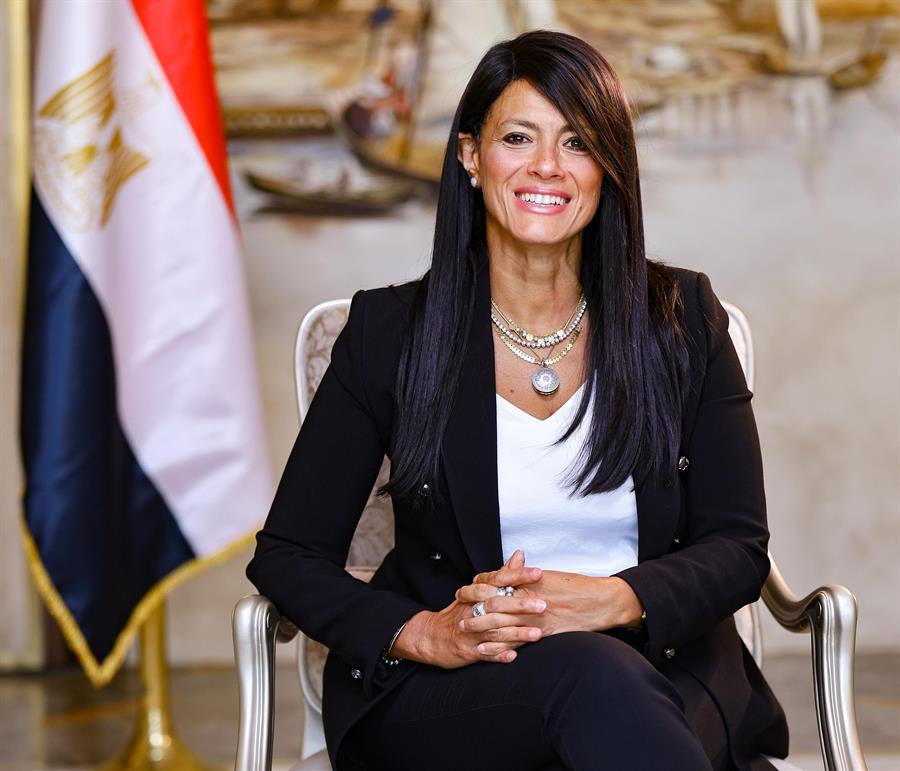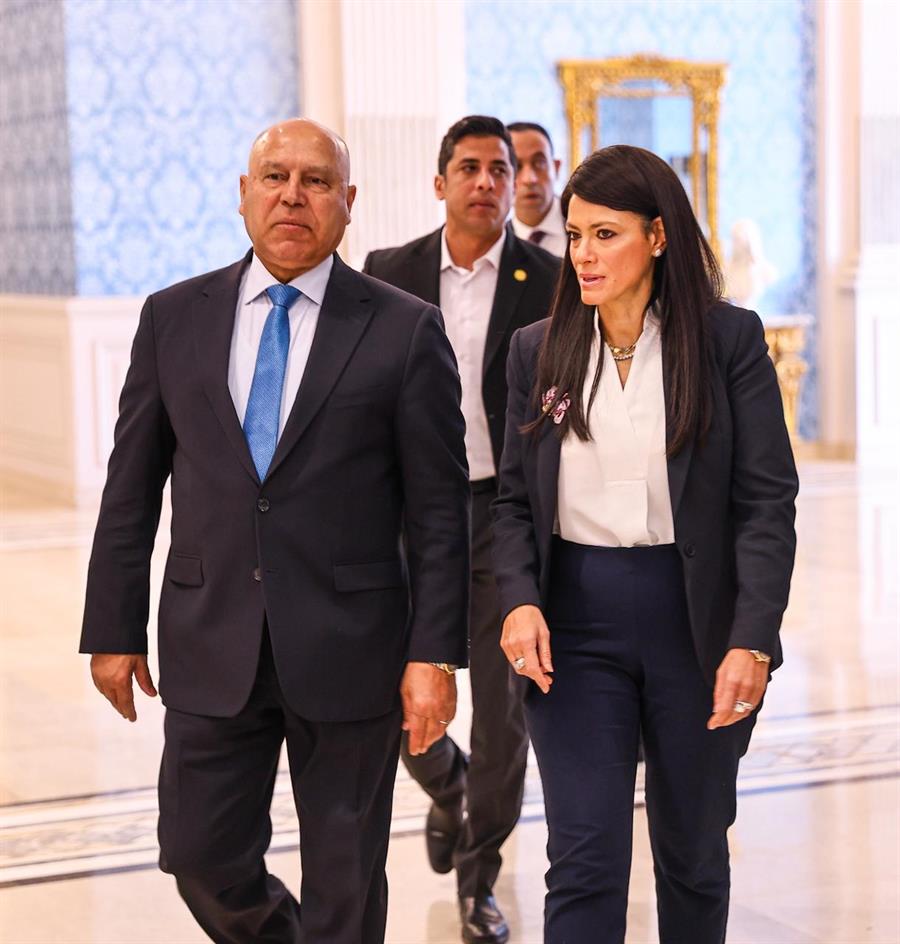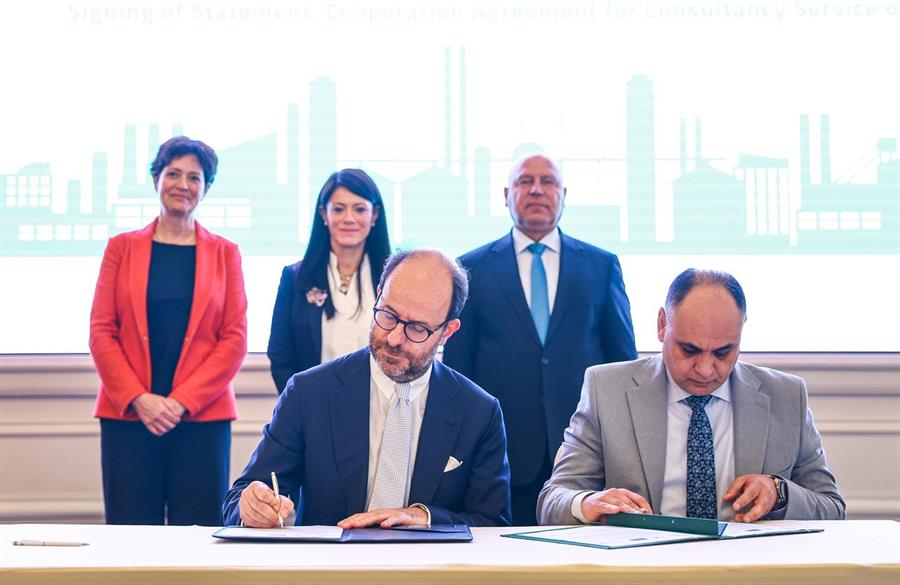The Ministry of Planning and Economic Development holds a training workshop on the presidential initiative of Decent Life

23 July 2022
The Ministry of Planning and Economic Development held a training workshop on the Unit of Programs and Performance and the Decent Life presidential initiative, as part of the summer training program for university students, which the ministry holds annually.
The workshop was presented by Dr. Jamil Helmy, Assistant Minister of Planning and Economic Development for Follow-up Affairs of the Sustainable Development Plan, Head of the Program and Performance Plans Unit, and Supervisor of the Good Life Project.
Dr. Jamil Helmy clarified during the workshop that the Ministry of Planning and Economic Development, during the past four years, carried out many reforms in developing the planning and follow-up system.
Helmy added that everything that the state and the Ministry of Planning are doing stems from the sustainable development strategy: Egypt Vision 2030, which was launched in 2016.
Helmy pointed out that the Egyptian government began to look at the vision with its various programs and axes so that each ministry would play its role in implementing the strategy related to it.
Helmy added that when setting up Egypt's Vision 2030, there was a program to reform and develop the planning and follow-up systems.
Helmy explained that the ministry has worked on developing the system by setting up mechanisms for its development, relying on a modern methodology represented in the programs and performance methodology.
Helmy discussed the program and performance methodology, explaining that it is a strategic planning tool and a budget tool for countries, and is linked to the existence of a planning vision.
Helmy explained that this is available in each of the sectors, with a measurable vision and strategic goals and the availability of measurement indicators that measure the current situation and the target to reach it.
Helmy also reviewed the Decent Life Initiative, explaining that it targets the poorest villages, numbering about 4,500 villages.









